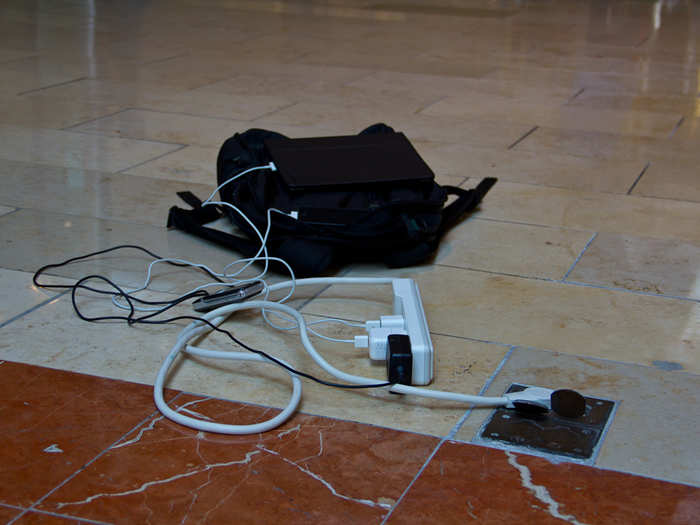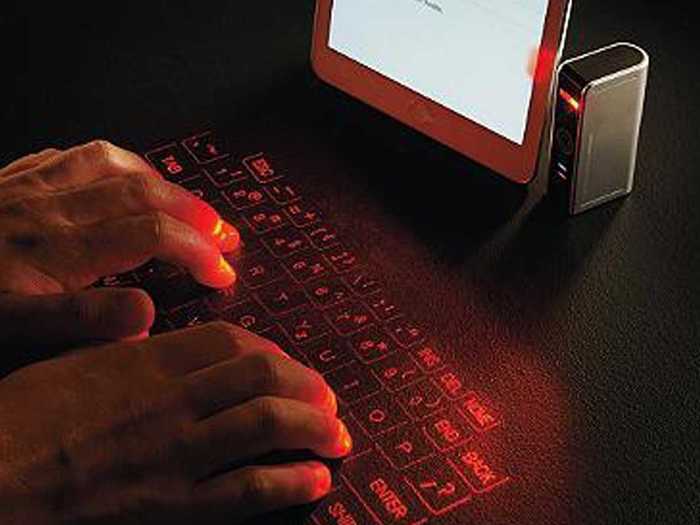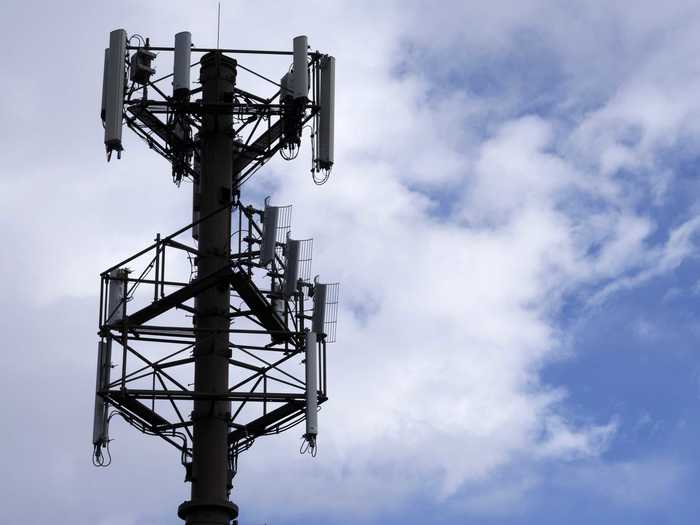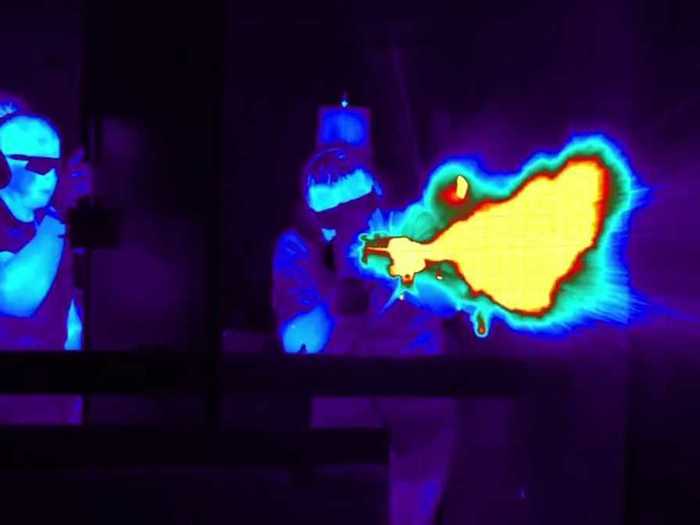The insane ways your phone and computer can be hacked - even if they're not connected to the internet
Detecting electromagnetic radiation

Power consumption analysis

While on the topic of electricity, it's also possible to deduce a person's device activity based on the power their gadgets consume. A technique called Load Monitoring monitors voltage and current changes to understand activity. It's been used by electricity companies to better understand what is causing certain changes in electricity usage in a specific place.
But in Japan load monitoring has been shown to be able to pinpoint exactly what device is running at what time. Similarly, researchers have begun looking at electricity consumption as a way to detect when a computer malware has been injected into a computer network.
What's inside your smartphone

It's true that smartphones are connected to the internet, but there are other parts inside it that also give away a slew of information.
For example, the accelerometer inside a phone — which is the sensor used to track a phone's tilt and motion — can be used to detect what someone is typing on a computer. According to Kaspersky Lab, if a smartphone is near the keyboard it "provides an approximate 80 percent recognition accuracy rating" at tracking what a person is typing.
But wait there's more...

Not only can accelerometers analyze what a person is typing, they have also been proven successful at tracking where people go if they are traveling on an underground train. The way it works is that the bumps and duration of each individual trip between train stations works as a sort of fingerprint of motion.
So if a spy is trying to track someone on the subway, they could look at their accelerometer and deduce which train station the person traveled to.
Beware the laser!

There are other, more futuristic-sounding methods for keylogging. For example, aiming a laser ray at a computer is a way to "register vibrations," says Kaspersky Lab. This method is more accurate than using the accelerometer, but it requires that laser being pointed at a part of the device that reflects light.
Radio waves that intercept the most secure of networks

This one is a bit more complicated, but is probably the most sophisticated sort of cyberspying. Oftentimes organizations holding very confidential data don't connect the computers holding this information to the internet. Instead, these devices are considered air-gapped. This means they are completely isolated from any external networks.
This may seem like an impossible thing to hack into, but it turns out there is a way. If a spy wants to get this data, they are able to implant a small device onto the computer that infects the closed-off network with a malware. Then, this malware can collect data on the infected network and send it via radio signals that every computer video card automatically generates.
And here's where it gets even crazier: People's smartphones can work as the way to deliver this data. So if someone with a mobile phone is nearby, they can unwittingly receive data sent from the device to the mobile phone via FM waves and then send that data to a hacker.
To set this up would require both getting the malware onto the air-gapped computers, as well as infecting a mobile phone to receive this data. But it's not impossible, and it's likely a variation of this method that the well-known Stuxnet worm was first implanted.
Your computer's heat...

This is another complicated tactic to extract data from air-gapped, or offline, computers. And it uses the heat from the motherboard as a method of wireless data transfer.
According to Kaspersky Lab, air-gapped computers are often put next to internet-connected computer for ease. If both computers are infected with a special malware, some crazy spying can ensue.
It works like this: "The malware reads classified data and periodically changes the system temperature by adjusting the load level and producing a modulated heat signal. The second computer reads and decodes it and sends the classified data over the Internet."
So the changes in heat send a 'signal.' Of course, this sort of communication is very slow. And Kaspersky says the maximum transmission speed is eight bits per hour.
Talking through steel walls

Even if a device is shielded in a closed-off room, sometimes even those walls can be permeated. For example, there is a spy device that can send and receive data through steel walls.
Kaspersky Lab explains, "One unit is inconspicuously placed inside of the classified room, while the other is placed somewhere outside of it. The data transfer rate through steel for ultrasound reaches up to 12 MB/s. Additionally, no power supply is required for one of the units, as the energy is transmitted along with data."
Popular Right Now
Popular Keywords
- India’s wearables market decline
- Vivo V40 Pro vs OnePlus 12R
- Nothing Phone (2a) Plus vs OnePlus Nord 4
- Upcoming smartphones launching in August
- Nothing Phone (2a) review
- Current Location in Google
- Hide Whatsapp Messages
- Phone is hacked or not
- Whatsapp Deleted Messages
- Download photos from Whatsapp
- Instagram Messages
- How to lock facebook profile
- Android 14
- Unfollowed on Instagram
Advertisement